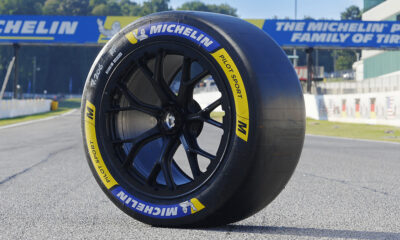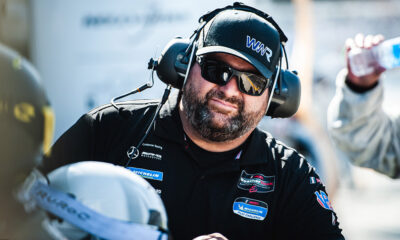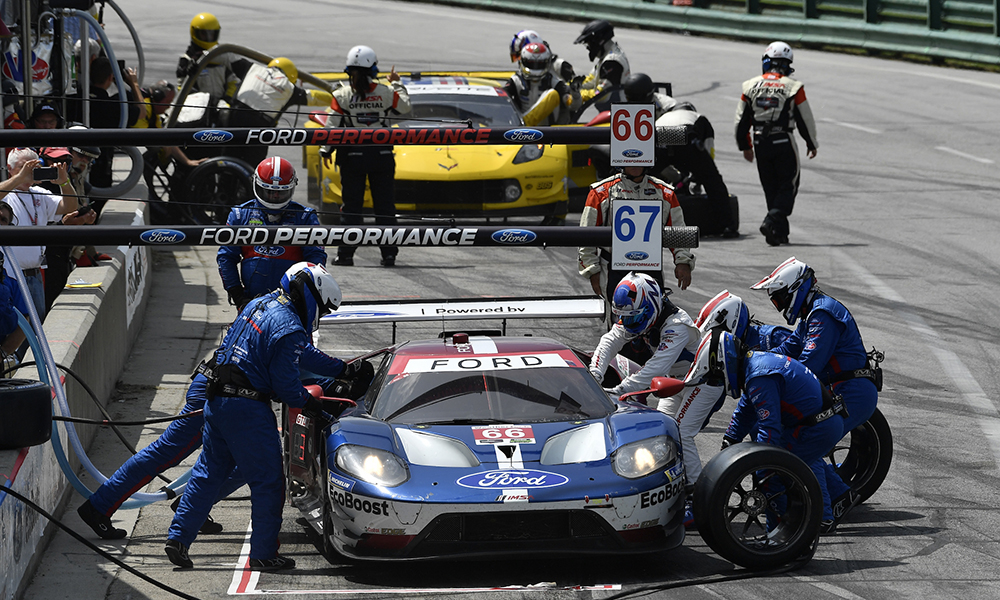
Photo: Michelin
Like pilots flying cross-country, IMSA teams head into a WeatherTech SportsCar Championship race with a flight plan. Two-hour and 40-minute races, like this weekend’s Michelin GT Challenge at VIR, provide plenty of options for race strategies and simulations.
But yellow flag periods aren’t coming frequently.
There have been five hours and 34 minutes of consecutive green flag racing heading into Virginia International Raceway, including back-to-back caution-free races at Lime Rock Park and Road America. There have only been two cautions in the last four years at VIR.
So, GT Le Mans and GT Daytona class teams in the second and final GT-only race showcase of the year know they can’t count on a timely caution flag to save their race.

Photo: Michelin
Stint v. Stint
The WeatherTech Championship GTLM and GTD cars can run approximately 60 minutes on a full load of fuel, so team strategists typically divide the 160-minute race time by three to represent three stints.
In addition to car adjustments, variables include weather, track conditions, fuel economy, traffic, track position, tire wear and driver rotation. Full course cautions provide both risks and opportunities.
IMSA rules require 45 minutes minimum drive-time for the GTD drivers, but only 10 minutes for the GTLM drivers.
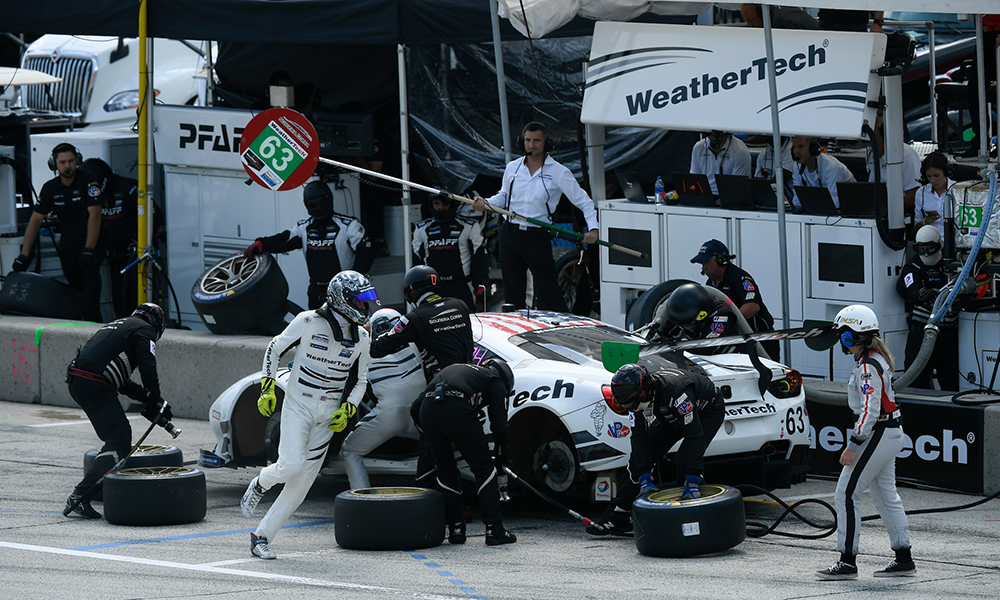
Photo: Michelin
Not now, NOW!
Many teams have a programmed “ghost” car on their pit stand timing screen to show where they would emerge in traffic if they were to make a clean pit stop.
Factors that influence the decision on when to make a pit stop include; the in-lap and out-lap times, pit lane length and speed limit, pit box location, and estimated time for fueling and service.
GTLM teams also have Michelin compound options. Each has its own soft, medium, and hard compounds designed for certain track conditions and temperature ranges.
Here are some highly simplified approaches for the GTLM and GTD teams in a caution-free race:
Keep it Simple. Divide the race length of 160 minutes by three and pit every 53-54 minutes. Teams will likely be pitting a lap or two before the long stint cars. For GTD teams, this can help maximize time for the quicker driver.
Long, Long, Short. Run two long stints, then a shorter third stint. This popular approach offers a shorter fuel fill on the last stop and fresher tires at the end.
Long, Short, Long. Make the middle stint the shorter run. With a clear pit lane, shorter fuel fill, and hopefully a clearer track, this can be a way to gain track position when the other cars pit, or if a yellow appears.
Ohio. Go hi in the middle and low on the front and back ends. A slightly shorter first stint is followed by a long middle stint. There is no halftime show.
Plus One: Add a stop to break the race into four shorter stints, like the Ford CGR team did at Lime Rock. The risk is going a lap down, but the advantage of being on fresher tires can help if wear is a factor, especially with any full course yellows.
LIFO and FIFO. These are accounting terms, not dog names. Last in First Out, or First in First Out come into play, especially at the last stop. Some teams want to make their final stop as soon as they have reached their fuel window, figuring that any subsequent full course cautions will shuffle them to the front.
Some will pit soon after to cover that move, but others will look for a later, shorter fuel fill and fresher tires, but risk a caution.
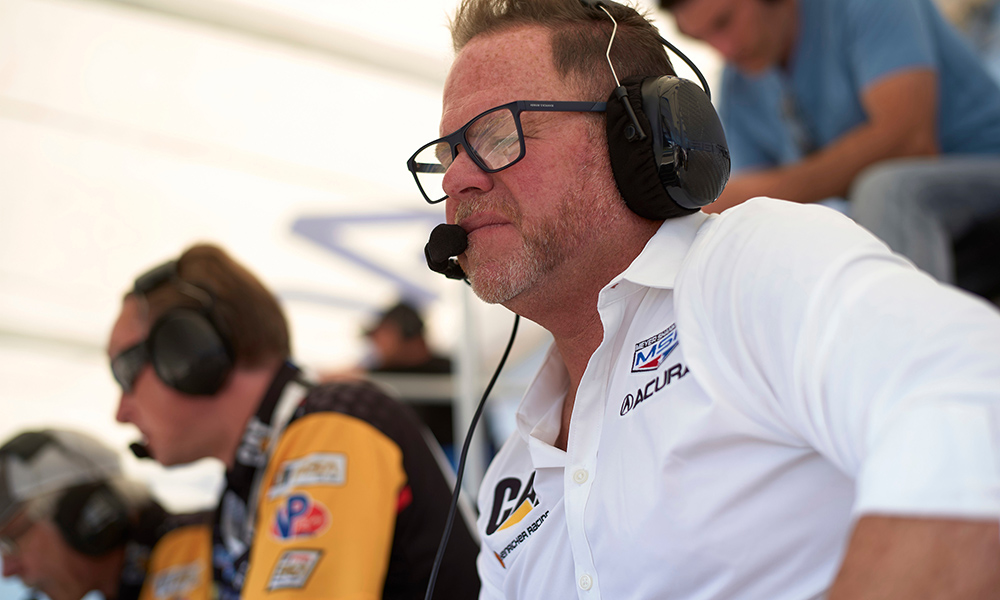
Photo: Mike Levitt/IMSA
Convergence
“Watching the WeatherTech and Michelin Pilot Challenge strategists on the pit stands during their races is like watching a high speed, multi-board chess match,” said Ken Payne, technical director, motorsports, Michelin North America.
“The IMSA teams are creative, opportunistic and aggressive and somehow the strategies typically all converge in the closing laps.”


















